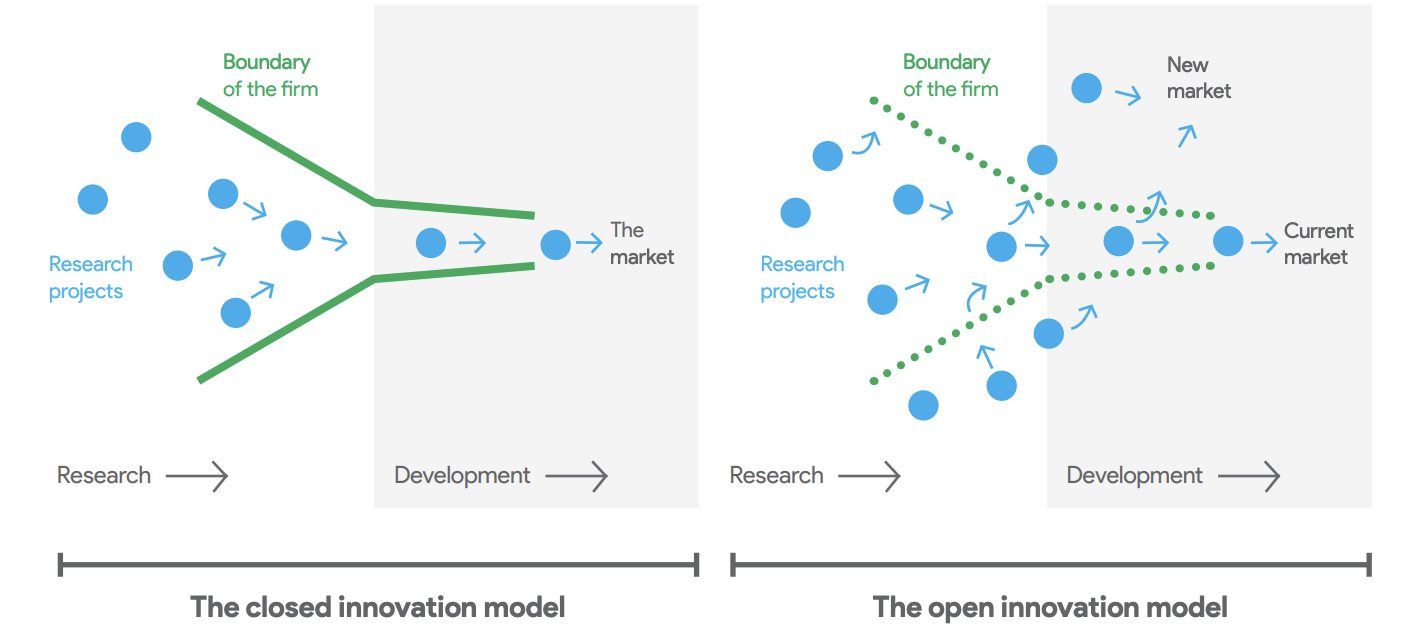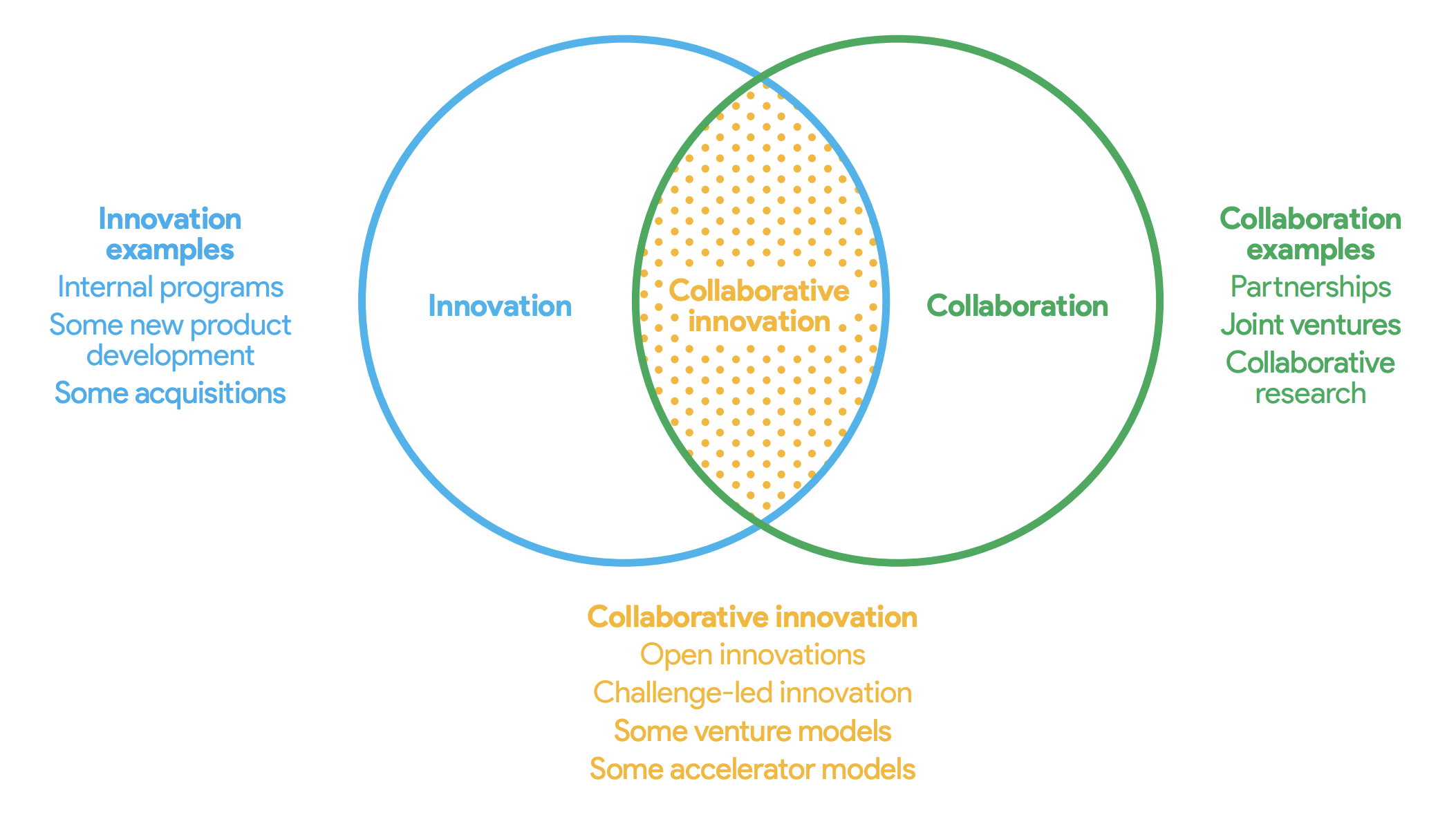Published – 28 July 2022 By Gavin Beever
Open Innovation is a popular model to use for accelerating the development and adoption of innovation through optimal collaboration. The key being that it uses cross organisation collaboration, not just internal collaboration in the development and distribution of innovations.

Open Innovation, sometimes called Collaborative Innovation, is “a distributed innovation process based on purposively managed knowledge flows across organisational boundaries” – Chesbrough and Rogers (2014)
AgriFutures Australia have identified in “From ideas to impact. A revitalised collaborative innovation model for Australian agriculture (2021).” a best practice methodology for challenge-led and open innovation for rural industries in Australia.
“In an Open Innovation program, organisations collaborate with external parties (for example other organisations, startups, researchers, government or even individuals) to create greater value than they could on their own.” – AgriFutures (2021)
In the AgriFutures document they recognise that elements of their proposed methodology have been tested and used extensively around the world in best practice innovation programs, but that their use and implementation in Australian Agricultural Research and Development is largely untested.
“The Research and Development Corporations (RDCs), sitting at the cross-section of government, researchers and producers, are uniquely positioned to pilot this model, to refine it, and to drive its adoption at scale. Doing so will markedly increase the translation of research into game-changing innovations, and will allow Australian agriculture to respond to this decade’s economic, environmental and social imperatives.” – AgriFutures (2021)
Open Innovation occurs by overlapping Innovation with Collaboration. Key challenges for participating organisations is that they must be ‘Innovative’ whilst at the same time being ‘Collaborative’. In taking on such challenges the organisations involved recognise that different organisations can provide expertise and resources that creates a greater likelihood of innovation occurring and being adopted, than if they operated alone.

Dr Henry Chesbrough initially coined the term “Open Innovation” and his research as educational director of the Garwood Center for Corporate Innovation at Berkeley Haas focuses on technology management and innovation strategy. See Dr Chesbrough provide insights on Open Innovation in the YouTube video below.
Lamb et al, AgriFutures (2021) identified six very useful guiding principles for a pilot in an Australian agricultural context:
“Guiding principles for a pilot
It is highly recommended that any organisation endeavouring to pilot this methodology takes into account the following guiding principles:
-
Obtain executive sponsorship and active endorsement of the program from the highest possible levels.
-
Keep investment low while uncertainty is high. Start small and scale what works.
-
Collaborate with a close group of highly motivated organisations in the first instance; a working group with a small number of decision-makers can be nimble and responsive.
-
Be prepared to adjust the methodology in-flight.
-
Collect stories and artefacts and share the journey as it unfolds. Outcomes are important, as is communicating new mindsets and ways of working.
-
Capture lessons learned at the conclusion of the program and use these to inform subsequent iterations of the methodology.”
